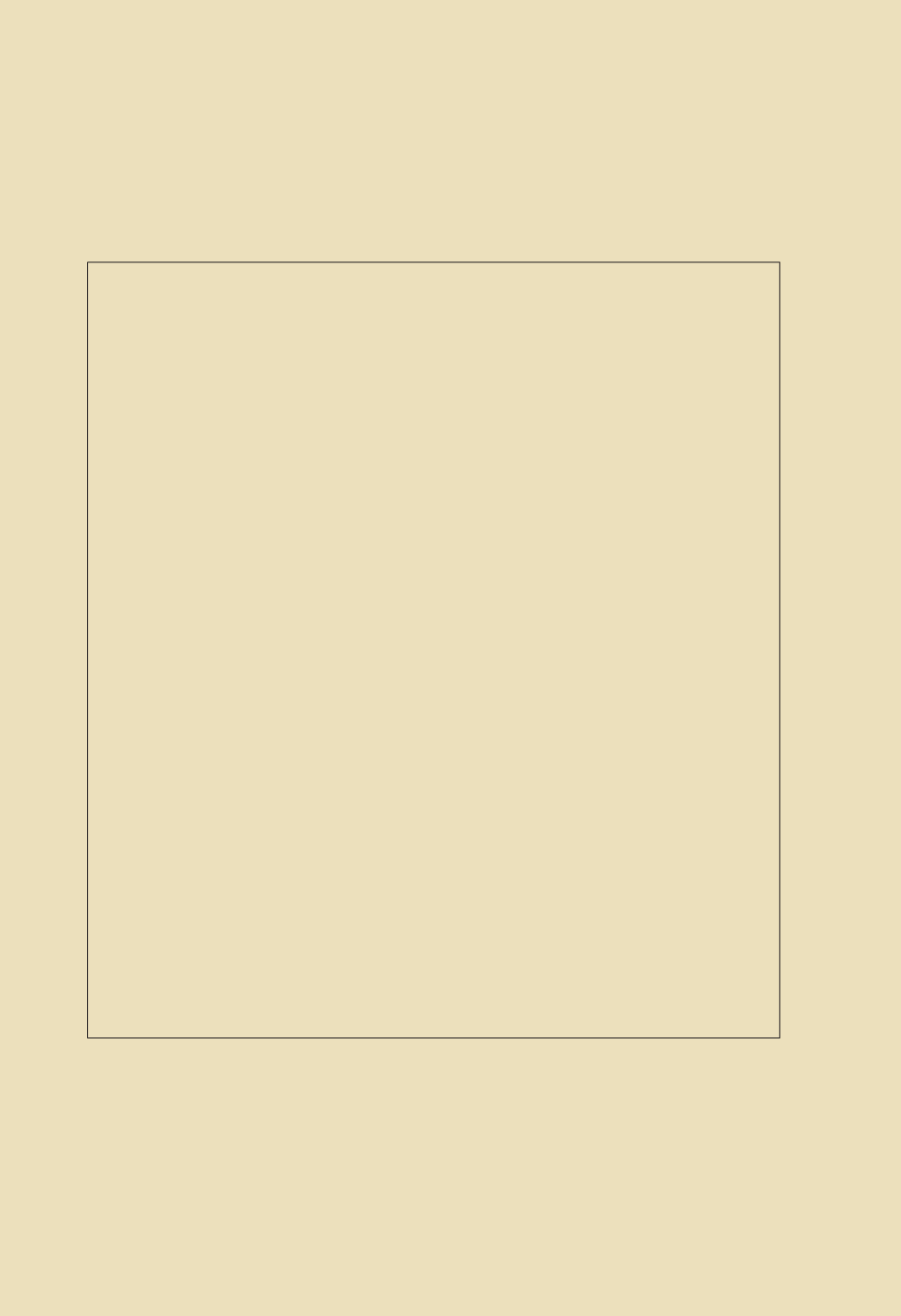

114
●
ALLAN ROHAN CRITE (1910 - 2007)
Deble Rhythm Pounder, Senufo Republic of the Ivory Coast
.
Mixed media collage, offset lithograph printed papers with extensive additions
in gouache, ink and watercolor, 1981. 940x952 mm; 37x37
1
/
2
inches. Signed and
dated in brown ink, lower right
Provenance: acquired directly from the artist; private collection, Atlanta.
The deble rhythm pounder is a carved wooden figure made by the Senufo people
of the Ivory Coast - often pounded during traditional funerary ceremonies.
This extraordinary collage is the largest work of Allan Rohan Crite to come to
auction, and is a culmination of his late 1970s body of work. During the course
of his long life, Allan Rohan Crite enjoyed an extensive career as a painter,
draftsman, printmaker, author, librarian, and publisher. In addition to painting
and drawing the streets of his native Boston,Allan Crite, a devout Episcopalian,
is known for portraying black figures in Biblical stories. Crite was born in North
Plainfield, New Jersey, but moved as a child with his family to Boston,
Massachusetts. He graduated from English High School in 1929 and the School
of the Museum of Fine Arts in 1936. In 1968, he received a BA degree from
Harvard University Extension School.According to Crite,“I’ve only done one
piece of work in my whole life and I am still at it. I wanted to paint people of
color as normal humans. I tell the story of man through the black figure.”
In the late 1970s, Crite made this series of images combining specific types of
African sculpture with figures, and placing them in the setting of his Roxbury
Boston neighborhood.Allan Crite first started using offset printing to reprint his
drawings in church bulletins.The artist later acquired his own offset lithography
press in 1955, and frequently reproduced his own drawings for distribution to
churches and supporters. Robert Brown interview,
Smithsonian Archives of American
Art
, 1979-80.
[7,000/10,000]









